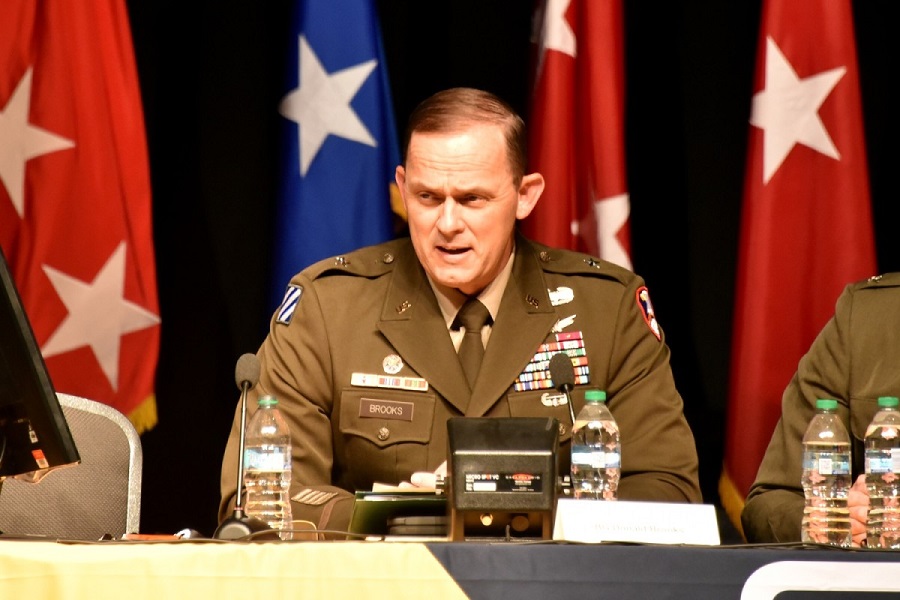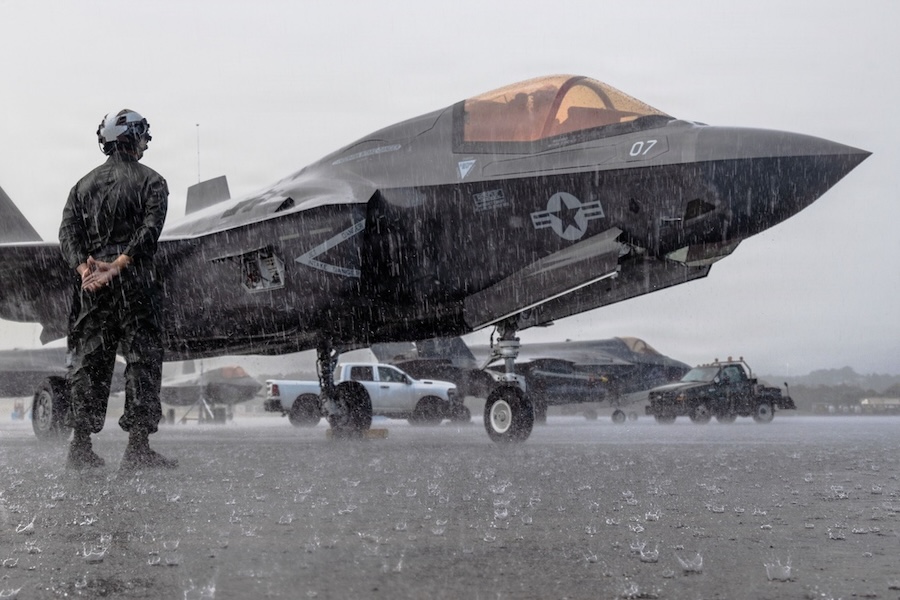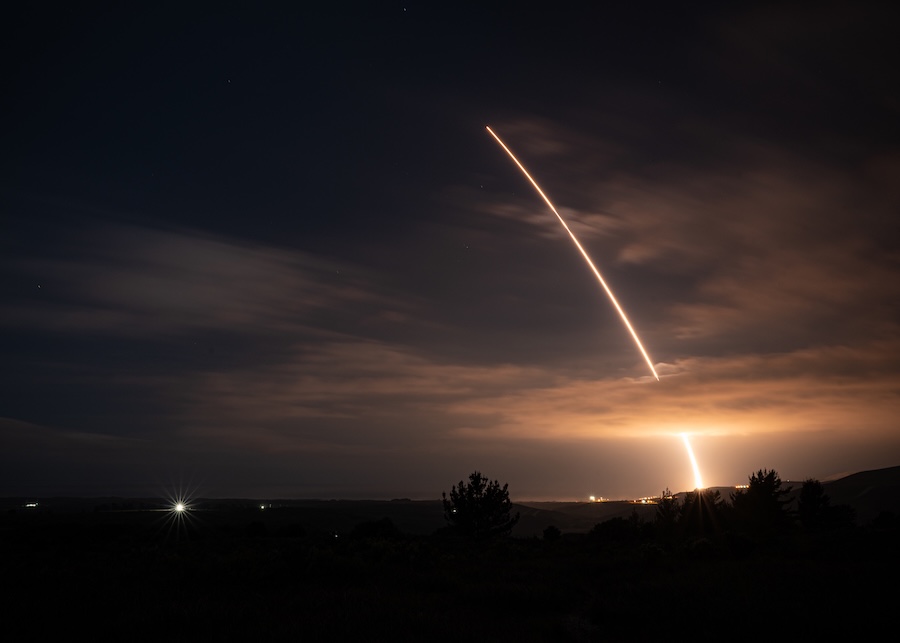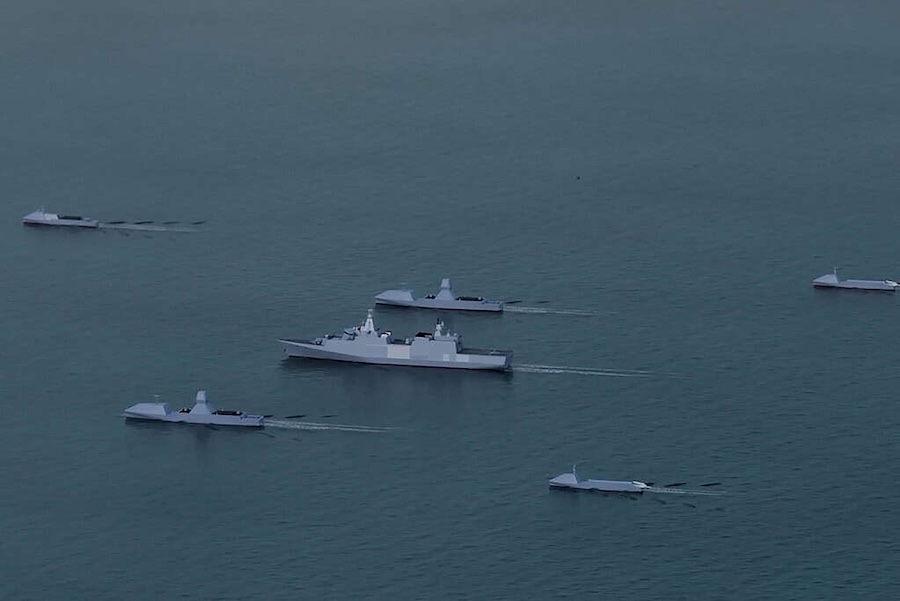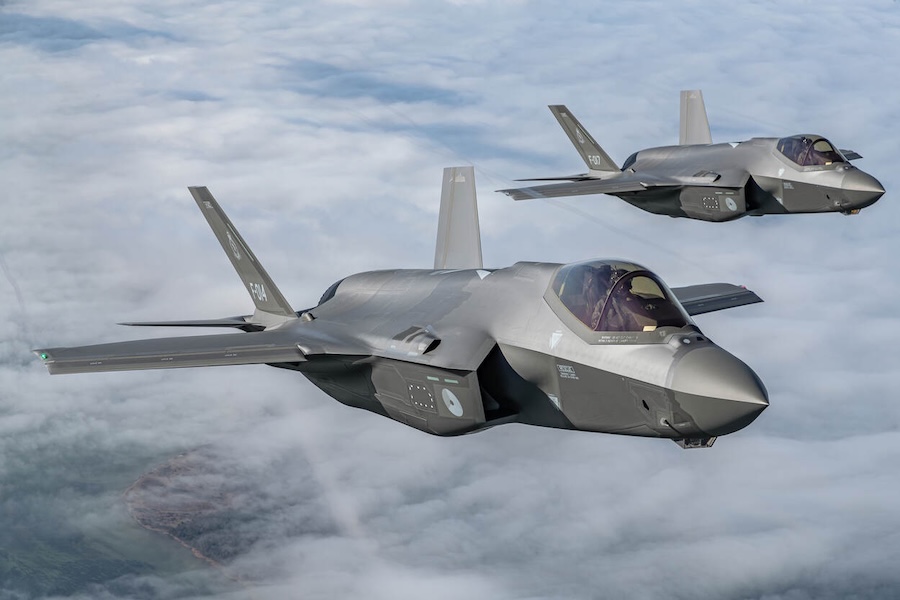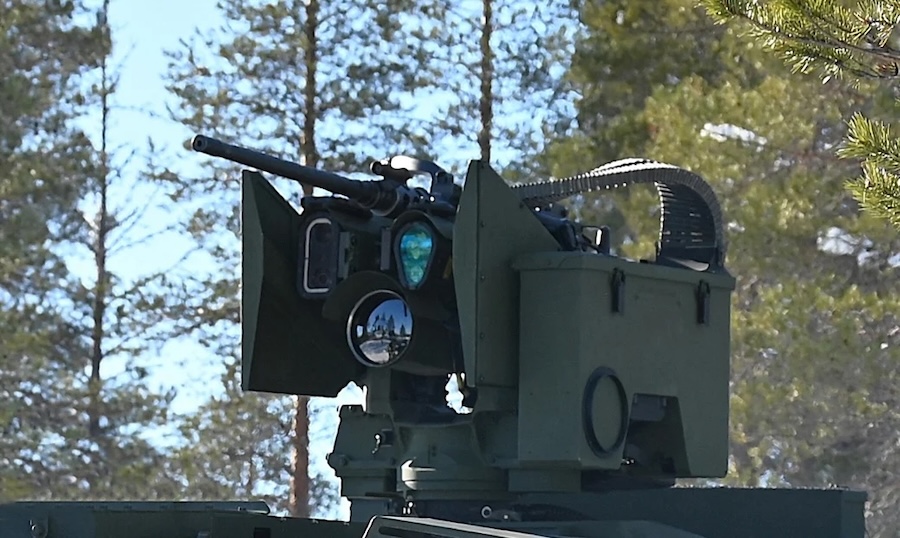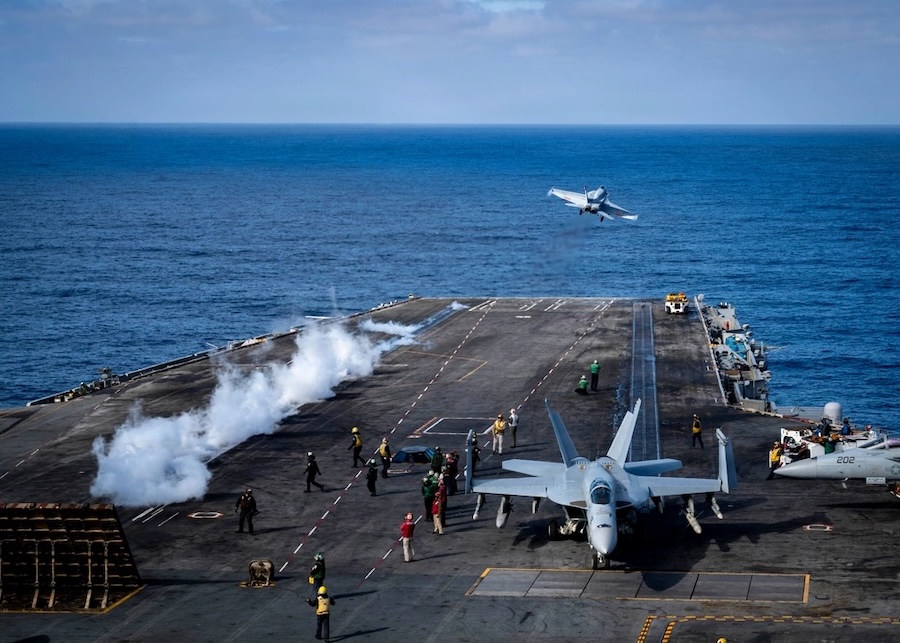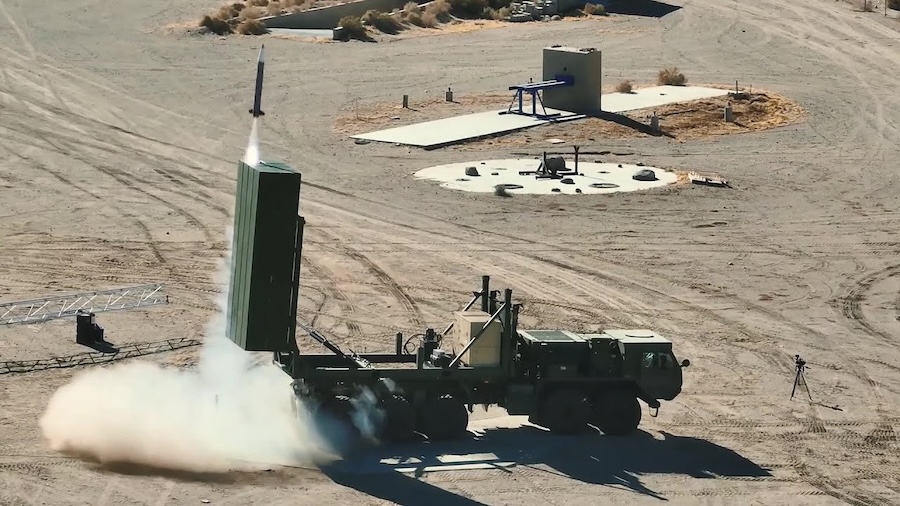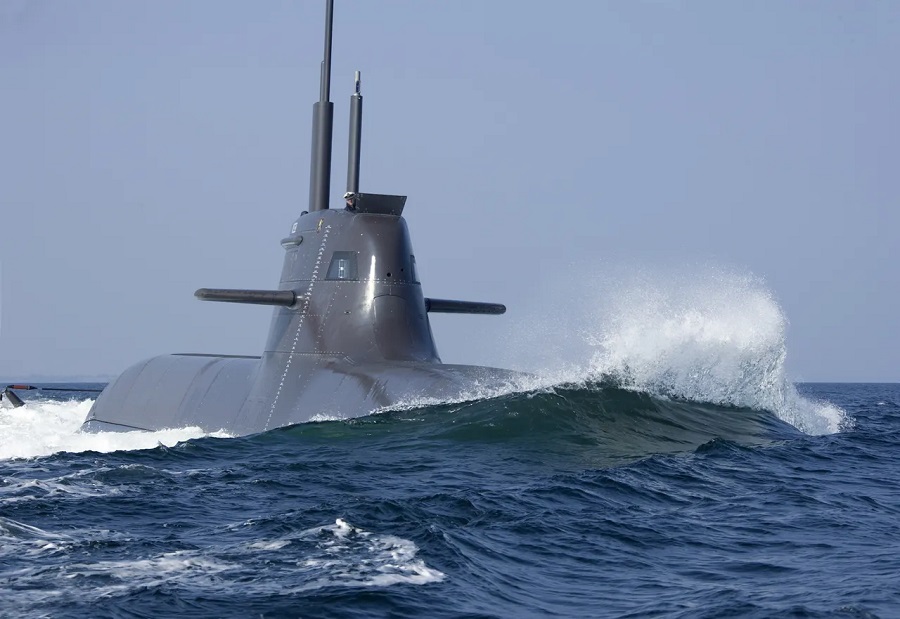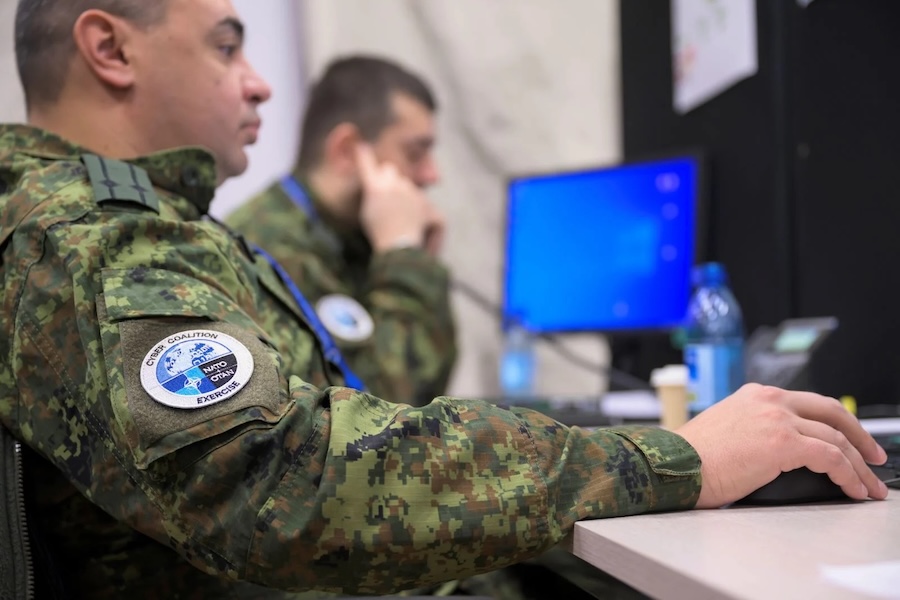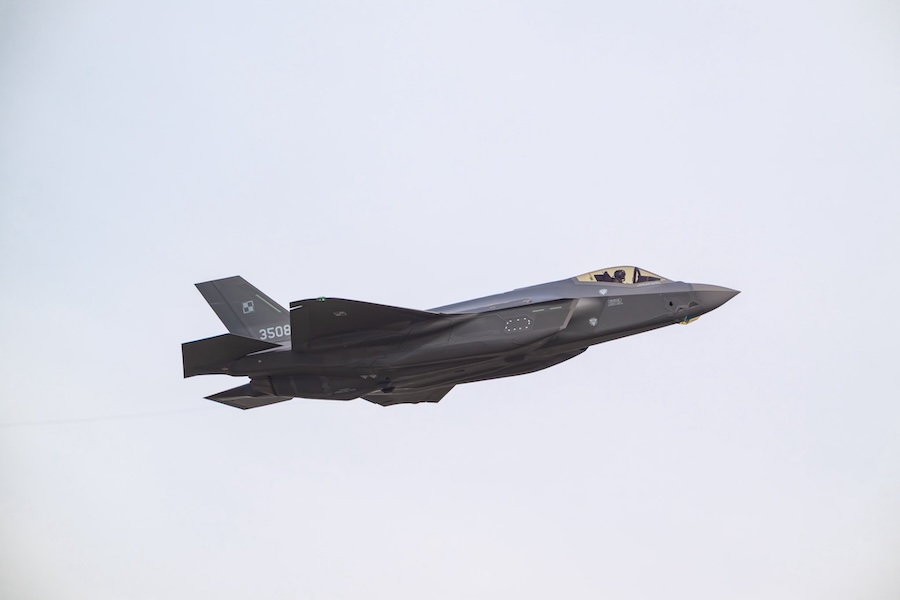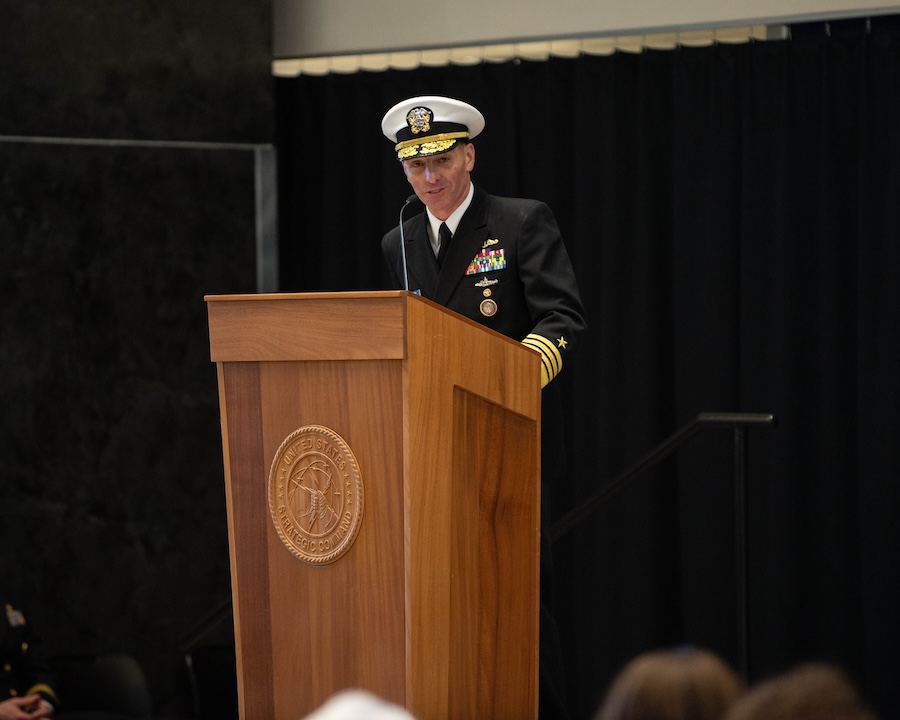Following a review of the National Defense Strategy, the Army has assessed long-term orbital and terrestrial threats and is rewriting its space strategy to guide manning, training and education. “We get feedback from warfighters… from our schoolhouses and Soldiers… to help us iterate faster and evolve our culture,” Brooks said.
Brooks explained that his team provides U.S. Space Command with terrestrial interdiction and integration space capabilities, personnel and expertise. “These are essential to warfighting and the Space Command’s mission of ensuring the U.S.’s freedom of action and movement… while delivering space combat power to the joint force,” he said.
Integrating space capabilities offers ground forces advantages such as intelligence, surveillance, reconnaissance, precision targeting, long-haul communications and the ability to disrupt an adversary’s use of space. Soldiers use space superiority to deny, degrade and disrupt enemy communications, influence, surveillance and precision-guided munitions within the battlespace.
The Army has introduced smaller, lighter, more mobile capabilities for space interdiction and updated its Space Training Strategy to embed space into multi-domain operations. Each service within Space Command shares lessons learned with intergovernmental, interagency, multinational and commercial partners to strengthen Multinational Force Operation Olympic Defender.
Olympic Defender integrates military space power globally, deters aggression and, if necessary, defeats adversaries to retain military advantage. “In our future, innovation is key. We can’t do it alone,” Brooks said, stressing the need for joint efforts to counter threats across terrestrial and extraterrestrial domains.
Brooks described partnerships with allied nations as “irreplaceable” and highlighted the role of commercial industries in providing technical advantages in space domain awareness. The Army has worked with the British Army on target development, weaponeering and electronic warfare, and plans to partner with New Zealand, Australia and Canada at the Space Missile Defense Command school.
The U.S. Army also shares lessons, exercises and experiments with troops from the U.K., Australia, New Zealand, Canada, France and Germany. “Space is the connective tissue of all warfighting functions… It is that connective tissue that provides us lethality in our combat power,” Brooks said.
He added that future capabilities depend on partnerships with joint, intergovernmental, interagency, multinational and commercial partners. “They will allow us to go faster, lighter, and leaner… evolving our culture, building faster, and delivering faster capabilities,” Brooks said.




